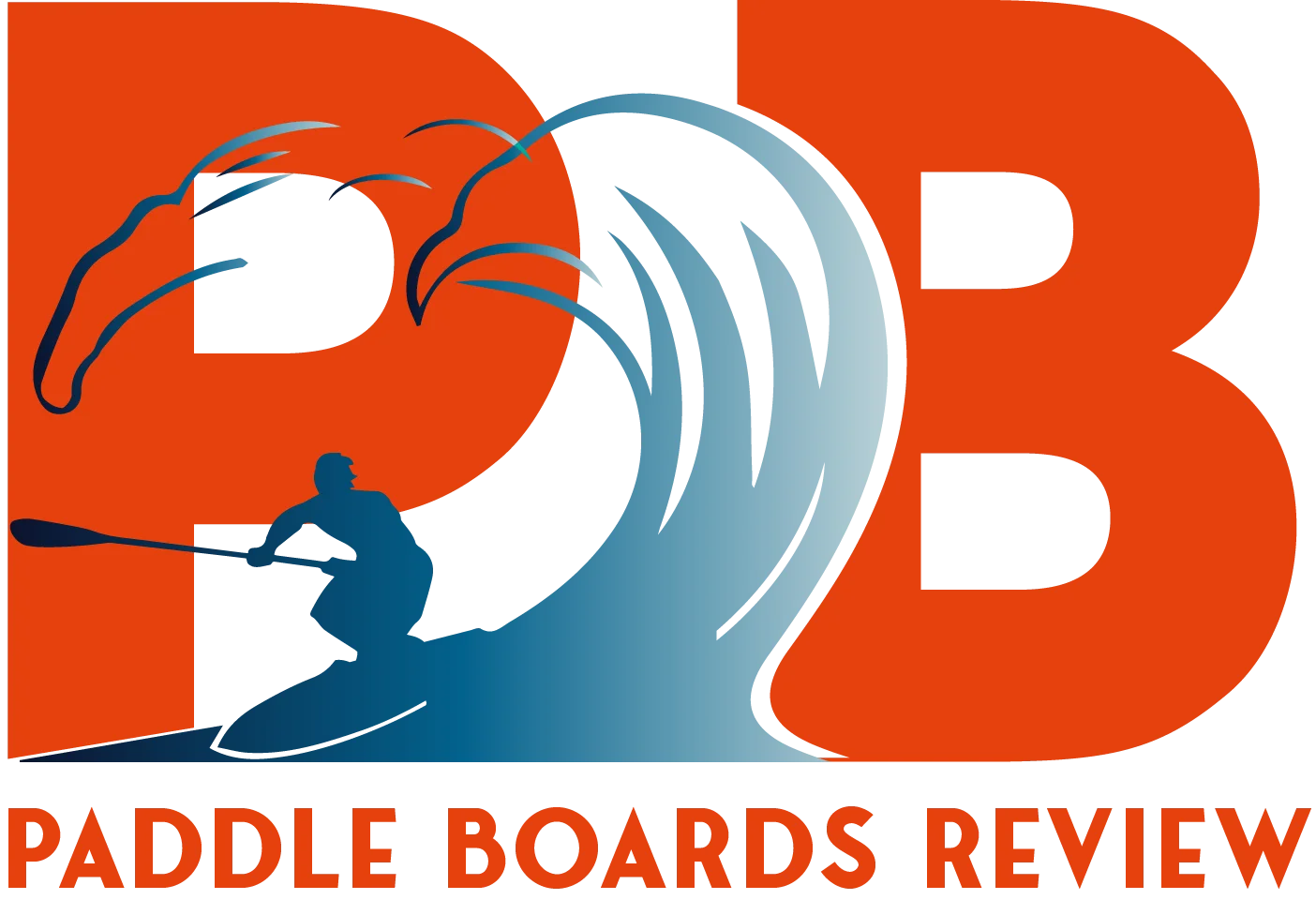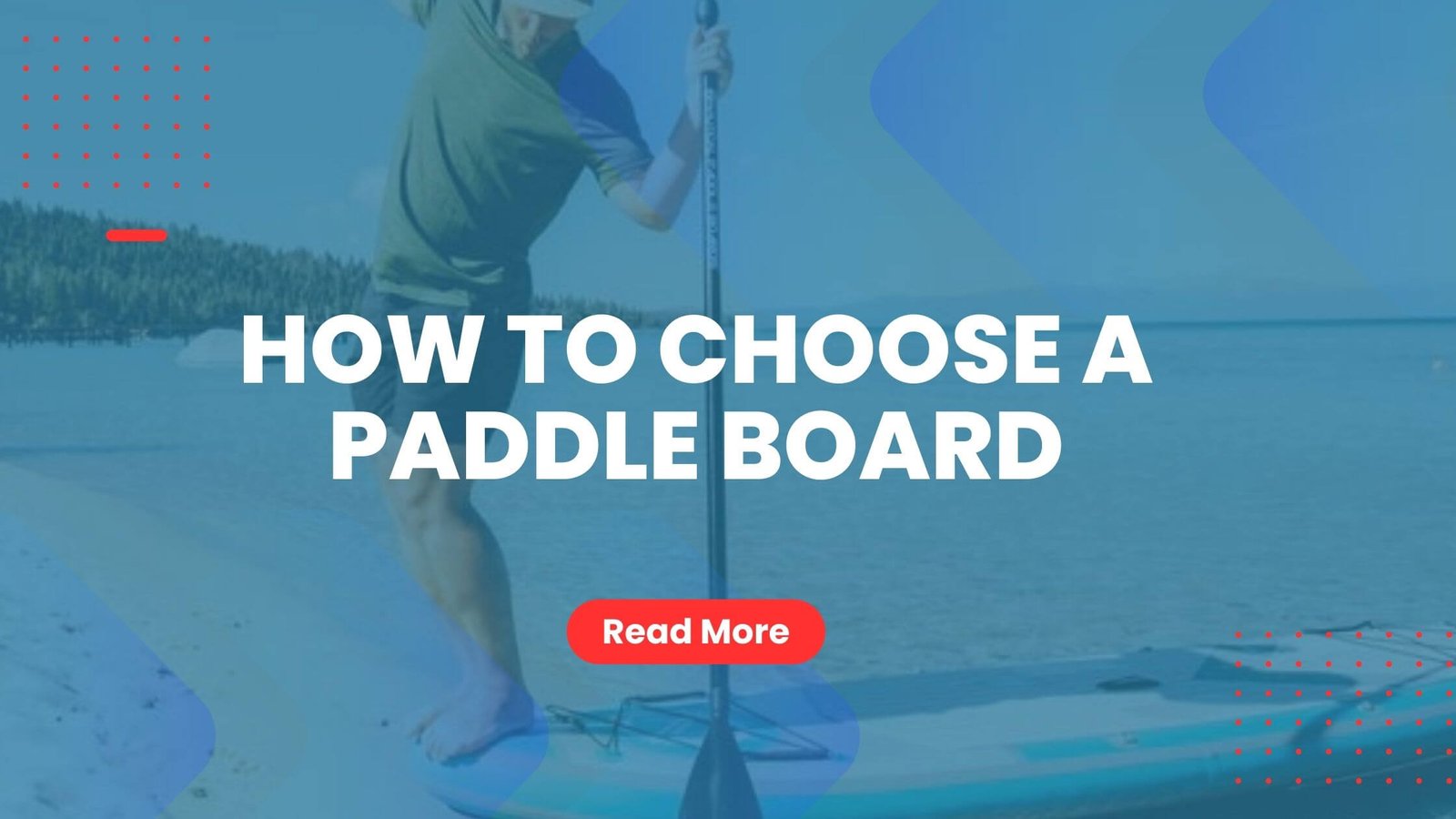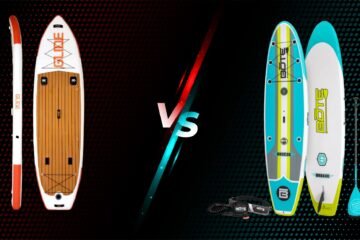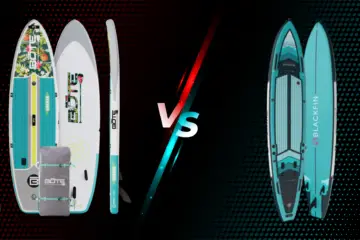Glide with Confidence: A Beginner’s Guide on How to Choose a Paddle Board
When it comes to paddle boarding, selecting the right board is important. Paddle boards come
in a range of forms, sizes, and styles, each customized to a certain activity or ability level.
The paddle board you use plays an important role whether you want to relax on peaceful lakes,
enjoy the thrilling experience of ocean waves, or do water yoga. In this article, we’ll go over the
most important factors to consider before embarking on an exciting and confident paddle
boarding adventure. Learn ‘How to choose a paddle board’ that suits your needs and aspirations.”
Read our Full and In-depth Article on “How much does a Paddle Board cost?”.
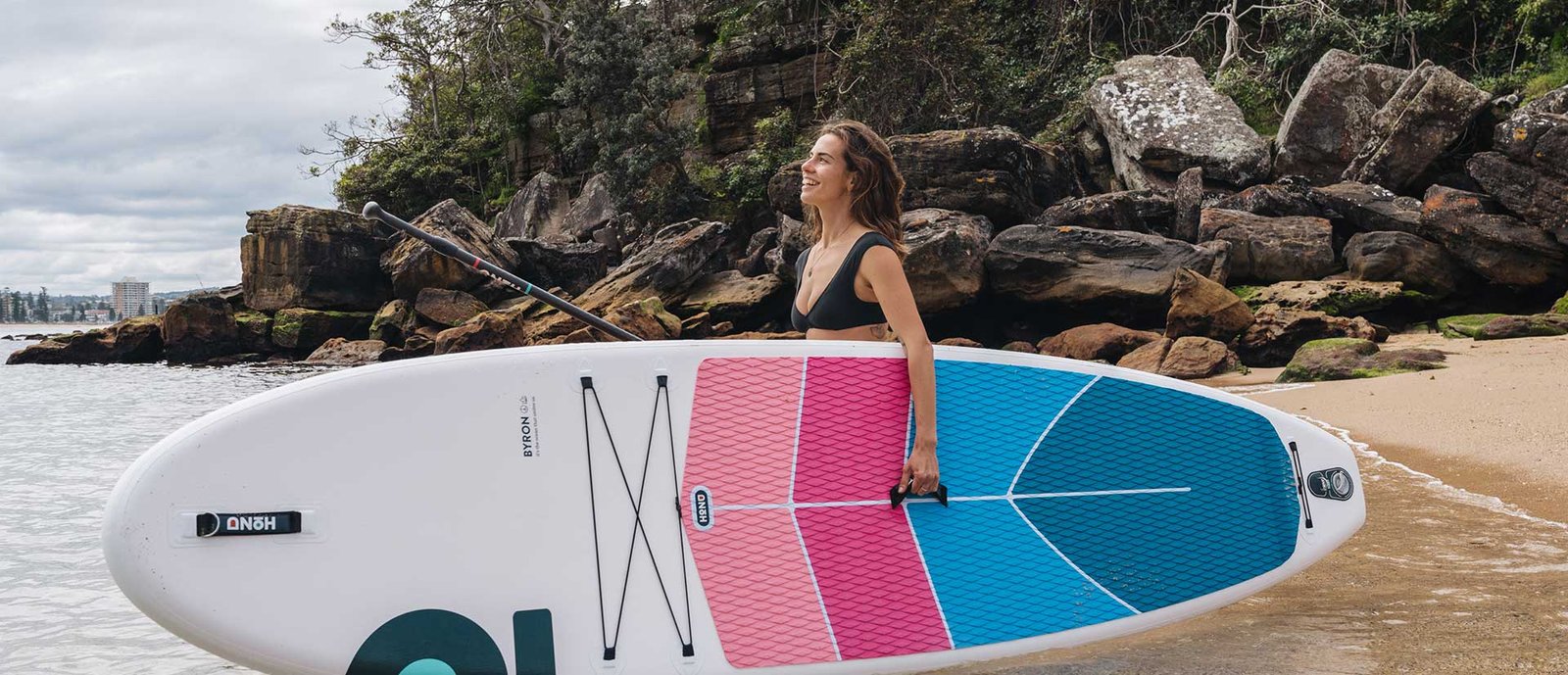
Types of Paddle Boards
Paddle boarding offers a versatile and enjoyable way to explore the water, and choosing the
right paddleboard is essential for a great experience.
There are several types to consider, including inflatable paddle boards (iSUPs), which are portable and beginner-friendly, hard paddle boards, known for their stability, all-around paddle boards, versatile for different water conditions, touring paddle boards, ideal for long-distance journeys; surf paddle boards, designed for thrilling wave riding; and specialized boards like yoga, fishing, racing, and whitewater paddle boards, each tailored to specific activities. To make the right choice, consider your skill level, intended use, and the unique features of each board type.
Paddle Board Size Matters
When it comes to paddle boarding, the size of the paddle board is an important factor that may
considerably affect your experience. “Paddle Board Size Matters” is a motto that every paddle
board lover should know. A paddle board’s dimensions affect its stability, speed, and
adaptability. A broader and longer board offers more stability, making it excellent for beginners
or those looking for a peaceful ride on calm waters.
A narrower and shorter board, on the other hand, provides more speed and maneuverability, appealing to expert paddlers seeking an adrenaline rush on choppier waves. Finding the proper size balance is critical to maximizing your enjoyment on the water and ensuring that your paddle boarding journey is both safe and exciting.
Materials Matter
The selection of materials is important in the world of paddle boarding. For lovers of it,
“Materials Matter” is a guiding idea. Paddleboards are composed of a variety of materials,
including foam, fiberglass, carbon fiber, wood, and inflatables. Foam boards are ideal for
beginners since they are inexpensive and stable.
For speed and precision, advanced paddlers frequently chose fiberglass or carbon fiber. Wooden boards have a distinct appearance, although inflatables are more convenient and portable. Understanding these material options is important for picking the best board for your paddle boarding purposes.
Paddle and Leash Selection
Choosing the correct paddle and leash is essential for a good paddle boarding adventure. The
paddle is your engine on the water, and the material, length, and blade design all have an
influence on your performance. Lightweight materials such as carbon fiber or fiberglass prevent
strain during lengthy paddles, and changeable paddle lengths provide a good fit.
The design of the blade influences efficiency and control, with broader blades producing greater power. The Eash, which keeps your board tied to you, is also essential. A coiled leash provides reduced drag in calm seas, but straight leashes are recommended in unpredictable situations. Choosing the right paddle and leash improves your paddling efficiency, safety, and overall enjoyment on
the water.
Picking the Right Fins
Choosing the right fins is an important choice for every paddle boarder. Fins are important for
your board’s stability and maneuverability. Fin variations like single fins, thrusters, and quads
adapt to different water conditions and riding styles. A single fin provides improved stability
and straight-line tracking for long-distance paddling.
Three-fin thruster configurations give exceptional control and maneuverability, making them ideal for wave riding and turning. Quad fins provide a good blend of stability and agility, making them useful in a variety of situations. Tailoring your fin selection to your paddling goals and the water conditions gives a more fun and personalized paddleboard experience.
Stability and Balance
A good paddle boarding journey is built on stability and balance. Achieving balance on the
water is critical for both safety and fun. A larger board is more stable in general, making it a good choice for beginners or those seeking a leisurely paddle on calm waters. However, as your
abilities improve, you may choose a narrower board to increase speed and agility, which will
challenge your balance while rewarding you with more thrilling experiences.
Balance, whether achieved by good body alignment, core strength, or paddle technique, ensures that you can comfortably travel in diverse water conditions and make the most of your paddleboarding adventure.
Weight Capacity
Understanding your paddleboard’s weight capability is essential for safe and pleasurable
paddling. Every paddleboard has a maximum weight restriction that should never be exceeded.
Excessive use could harm the board’s stability, floating, and overall performance. It’s important
to consider not only your own weight, but also the weight of any equipment, accessories, or
passengers onboard.
Choosing a paddleboard with a weight capacity that comfortably supports your weight as well as any extra things provides a safer and more comfortable trip on the water. Following weight capacity standards is an important aspect of responsible paddle boarding in order to protect the board’s integrity and your personal safety.
Portability and Storage
Considering the portability and storage of your paddleboard is essential for a seamless and
enjoyable experience. Inflatable paddleboards, with their ability to deflate and fit into a
compact backpack, offer unparalleled convenience for those with limited space or those who
enjoy traveling to various water destinations. Solid boards, although less portable, come in
different sizes and designs to accommodate specific needs.
Adequate storage solutions, such as wall racks or ceiling hoists, can help keep your board safe and accessible when not in use. By factoring in portability and storage, you can make paddle boarding a hassle-free and accessible activity that fits seamlessly into your lifestyle.
Budget Considerations
Budget is an important issue when starting out on a paddle boarding adventure. Paddleboards are available at a variety of pricing ranges, so it’s important to create a budget that fits your financial situation. While there are low-cost solutions, investing a little more frequently results in higher-quality materials, greater performance, and enhanced durability.
Aside from the board itself, remember to pay for necessary accessories such as paddles, leashes, and safety equipment. Consider the long-term expenditures as well, such as maintenance and storage fees.
Finding the correct balance between your budget and your paddle boarding goals is critical to having a great and long-lasting time on the water.
Brand Reputation
When it comes to selecting the best paddle boarding equipment, brand reputation is really important. Well-known businesses with a track record of quality and customer satisfaction frequently inspire faith and confidence in their products. These companies engage in research, innovation, and customer service to ensure that their paddleboards and accessories are of top quality.
Checking reviews, asking for suggestions, and researching a brand’s history and reputation may all help you make a wise selection. A recognized brand not only increases the chance of a wonderful paddle boarding experience, but it also gives peace of mind in knowing that you’ve chosen equipment that has stood the test of time and performance in the paddle boarding community.
Conclusion
In conclusion, paddle boarding is a dynamic and thrilling water activity with several possibilities and challenges for enthusiasts. There are various aspects to consider while starting your paddle boarding experience, from board size and materials to stability, weight capacity, and affordability. Portability, brand reputation, and the significance of testing equipment before purchasing are all important factors in improving your experience.
Finally, regular maintenance is essential for guaranteeing the longevity and functionality of your equipment. You can enjoy safe, exciting, and fulfilling experiences on the water for years to come if you carefully consider these factors and include them in your paddle boarding routine. Whether you’re a beginner or an experienced paddler, the world of paddle boarding provides limitless options for adventure and enjoyment.
